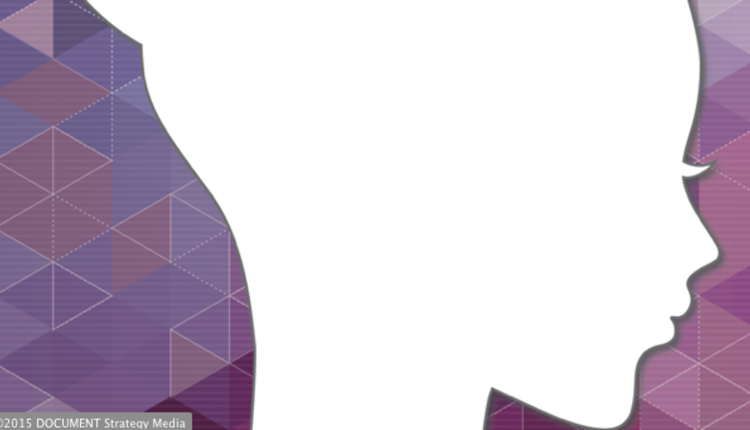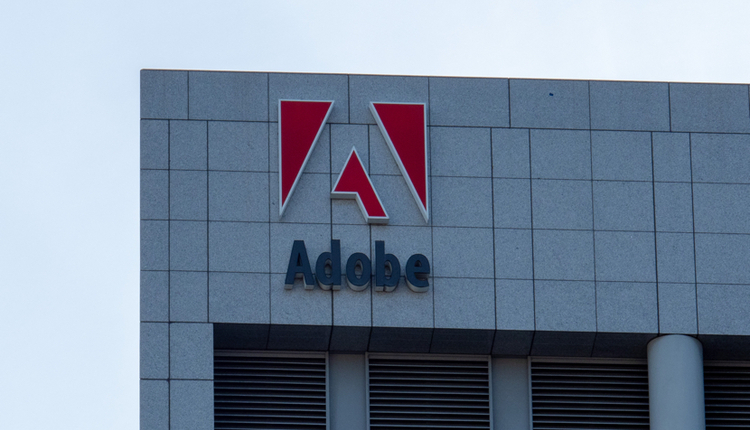
Previously, I wrote about the paradigm shift in document management, and judging by the response, I hit a nerve. What I hit on was a small part of the struggle we face to do what is right for our firms, stay on the cutting edge of technology, guard against obsolescence and apply our decreasing budget dollars optimally. There are many facets to this in document management, leaving plenty to write about. Today, however, our focus is on capture, specifically next-generation capture. I’m not talking about a follow-on upgrade but new implementation, meaning new licenses and new approaches. There will be more discussion, for sure, touching on all areas on the document continuum, but let’s examine if it’s worth the investment right now to implement the next generation of capture.
The new platforms are giving the promise of template-less scanning, coupled with the ability to "learn" forms, while easily making themselves more reliable and accurate. As they continue to train themselves, the new products promise data mining potential, as well as the ability to learn responses to typical inquiries and, subsequently, automate those responses. This promises less dependency on information technology (IT), reduced low-skill manpower for tasks such as metadata tagging and indexing, reduced customer service call handling times to solve inquiries and...
So, I would tell the "big guys" that companies have no appetite for long, open-ended development without a clear use case that warrants the new capability. No more adventure projects with no definitive, demonstrable end point. If you want a piece of our market, you need vertical solutions, not just a toolbox. Otherwise, we'll need to sit this one out.
Gerald Edwards is director of IT for a large New York City-based health insurer. He manages electronic data interchange (EDI), content and document management teams that deal in diverse aspects of EDI, document composition, document management, imaging, optical character recognition/intelligent character recognition, business process management and web-based applications. He also serves as an Advisory Board member for the DOCUMENT Strategy Forum. For more information on our annual conference, to be held May 12-14, 2015 in Greenwich, CT, visit www.documentstrategyforum.com.
What I am referring to is the new product suites from heavyweights, like EMC, IBM, Kofax, Kodak, etc., who are all coming out with new tools to revolutionize capture. It could be said that a new generation of startups is also entering the fray with mobile applications, tablets, phablets and other hand-held devices, but they have nowhere near the base, nor credibility, in the space that the “big guys” enjoy. Personally, after accounting for remote check deposits to my bank, and the myriad of social platforms wanting photos of the ham sandwich I ate for lunch, I remain a bit skeptical about the business applications of mobile capture. So, let's keep that discussion aside for another day. What we're talking about is the applications connected to high-end production scanning where the “big guys” dominate within the corporations who need capture— banks, insurance and other established brick-and-mortar enterprises. That advantage is also the biggest problem. Here's why.
Vendors cannot promise vertical solutions they don't have, so it falls on us to make it all work. The maturity is just not there.
The new platforms are giving the promise of template-less scanning, coupled with the ability to "learn" forms, while easily making themselves more reliable and accurate. As they continue to train themselves, the new products promise data mining potential, as well as the ability to learn responses to typical inquiries and, subsequently, automate those responses. This promises less dependency on information technology (IT), reduced low-skill manpower for tasks such as metadata tagging and indexing, reduced customer service call handling times to solve inquiries and...
MORE: Document Management at the Crossroads: New Technology Game ChangersThere it is—there is no "and" yet. The vendors have developed impressive toolsets under the guise of, "If we build it, you will come." They would love for us to sign up from all of our various industries so that they can complete the sentence: “...and process more health care claims," “...and process more applications for car loans," “and process more applications for admittance/membership, “and, ...and, ...and.” They want use cases, but they can’t generate them without us. They don’t have the industry vertical knowledge anymore. On the client side, there are other impediments. Similar to my company, which provides health care insurance, the capture process is mature and not a process where we want disruptions. Like every industry, we're offering web self-service and promoting electronic document submission, so our volume for paper capture is decreasing. It’s still there, but does it warrant half a million to million dollar expenditures to be made better? What's more, vendors cannot promise vertical solutions they don't have, so it falls on us to make it all work. The maturity is just not there.
So, I would tell the "big guys" that companies have no appetite for long, open-ended development without a clear use case that warrants the new capability. No more adventure projects with no definitive, demonstrable end point. If you want a piece of our market, you need vertical solutions, not just a toolbox. Otherwise, we'll need to sit this one out.
Gerald Edwards is director of IT for a large New York City-based health insurer. He manages electronic data interchange (EDI), content and document management teams that deal in diverse aspects of EDI, document composition, document management, imaging, optical character recognition/intelligent character recognition, business process management and web-based applications. He also serves as an Advisory Board member for the DOCUMENT Strategy Forum. For more information on our annual conference, to be held May 12-14, 2015 in Greenwich, CT, visit www.documentstrategyforum.com.






















